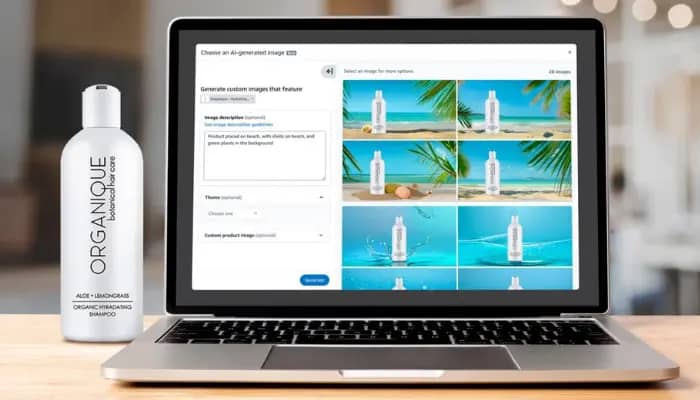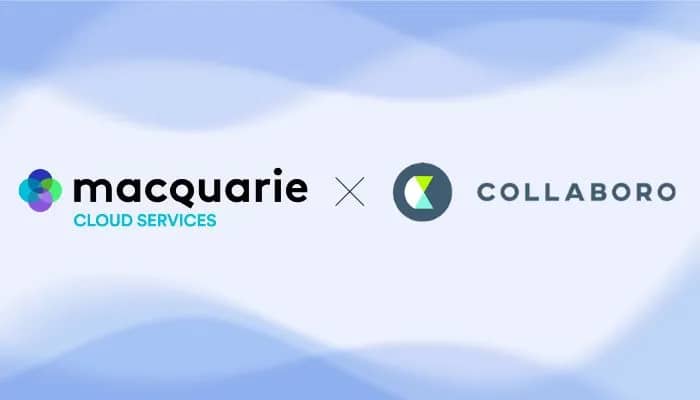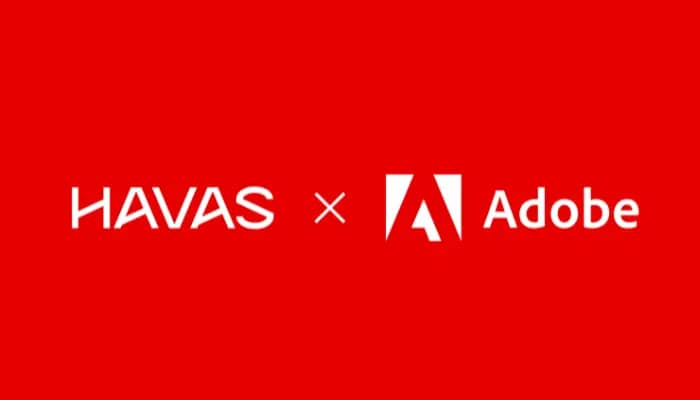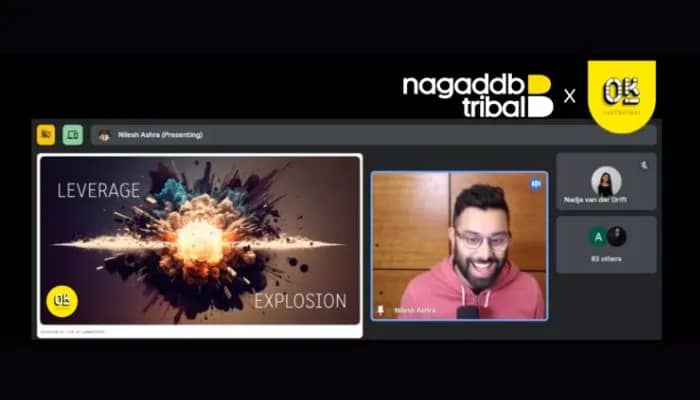Australia – Australian-based digital asset management company Collaboro has signed a deal with Macquarie Cloud Services, part of Macquarie Technology Group, to store and preserve the quality of media assets for the country’s major brands.
The partnership comes as Collaboro finds an alternative to its previous public cloud solution as storage to handle its more than 3.5 petabytes (PB) of data, equivalent to around 70 million tall filing cabinets.
With this new deal, Macquarie Cloud Services will develop a unique solution leveraging its Launch Private Cloud, which provides an instant cost reduction of about 30% for the digital asset management company. The reduction in cost is also projected to rise to around 50% as the environment scales and more data is added.
This Launch Private Cloud platform is built on Dell Technologies infrastructure solutions, including Dell ECS Enterprise Object Storage and Dell PowerEdge Servers. It is equipped with a high-speed Megaport cloud bandwidth connection and is contained and managed from Macquarie Data Centres’ sovereign, government-certified facilities for enhanced data security and protection, an essential requirement for government and enterprise CMOs and CIOs when it comes to sensitive data.
The system also offers zero egress or ingress charges and vastly more predictable head-room costs for scaling compute and AI resourcing. This is a major benefit for Collaboro’s customers, especially since in its old system, the costs for transferring data to and from the cloud were skyrocketing.
Additionally, Collaboro is developing AI-driven government, risk and compliance (GRC) capabilities, and searchability that can automatically label, search for, and identify specific people, things, words, and more within images and video content.
This enhancement in the company’s technology comes as the sheer volume of new assets being generated and presented to the market across a multitude of channels inside heavily regulated industries makes it impossible to do it manually. The process is especially vital, particularly for customers in these highly regulated industries.
Collaboro aims to help companies utilise the various AI-generation tools for imagery and videos by presenting learning datasets so that customers can tailor generative engines specifically to their brand through the use of machine learning (ML) on existing collateral.
The digital asset management company works with government agencies and enterprise marketing teams, including McDonald’s Australia and New Zealand, Optus, Sportsbet, Youi, the NSW Department of Education, and many more.
It provides unique Australian-engineered SaaS technology that solves the problem of centrally storing, managing, surfacing, and sharing large-scale digital media asset libraries.
Collaboro has had a process of continuing investment in platform and process, focused on the core strategic topics of managing customer data with lower and more predictable costs and preparing customer data for the future of generative AI.
Warwick Boulter, founder and CEO at Collaboro, said, “The Avatar sequel is believed to have around 18.5 PB of data attached to it, but that number pales compared to the amount of data major brands around Australia hold for their advertising and marketing programs. Compressing data is not an option in these circumstances because once the pixel is gone, it’s gone, and the quality is lost forever. We’ve built our technology to maintain that quality while maximising efficiency.”
He continued, “Australian companies use a stockpile of existing assets to weave into different marketing and ad campaigns. That’s important for brand consistency, but it means moving large data files around more than would be typical in other departments. As the data stockpile grows, so can the transfer costs; Macquarie Cloud Services keeps this element of cost at exactly zero. Further, the ability for our customers to leverage their vast marketing asset pool as a training set for future generative engines will rely heavily on that asset pool being easily available and deployable, i.e., not constrained by egress and transfer costs.”
“We have gambling, insurance, and alcoholic beverage clients who adhere to legislation on what can be shown in their advertisements. We will shortly have the ability to apply rules within our SaaS platform to run intelligent searches over their media assets to make sure they’re compliant with the law and provide immediate reporting and dashboarding of GRC topics. This saves so much time and lowers regulatory risk. The additional capacity we have with Macquarie Cloud Services helps to enable these advances because you need a long data runway once AI is involved. They’re on that journey with us, redesigning their cloud services and data centres for the AI era,” Boulter added.
Meanwhile, Jonathan Staff, head of private cloud at Macquarie Cloud Services, said, “Collaboro is an example of Australian innovation at its best, one which is helping modernise a data-heavy industry. Data is always growing, but in an industry where quality is everything, it’s easy to lose control and even easier for costs to spiral.”
“Collaboro has solved this issue. It’s foresight to add further value by incorporating AI searchability into its stack also shows how in tune the company is with its customers needs. Our private cloud is critical at a time when cloud costs are rising and choice is diminishing because we can manage the data while balancing cost, security, and sovereignty,” he added.










